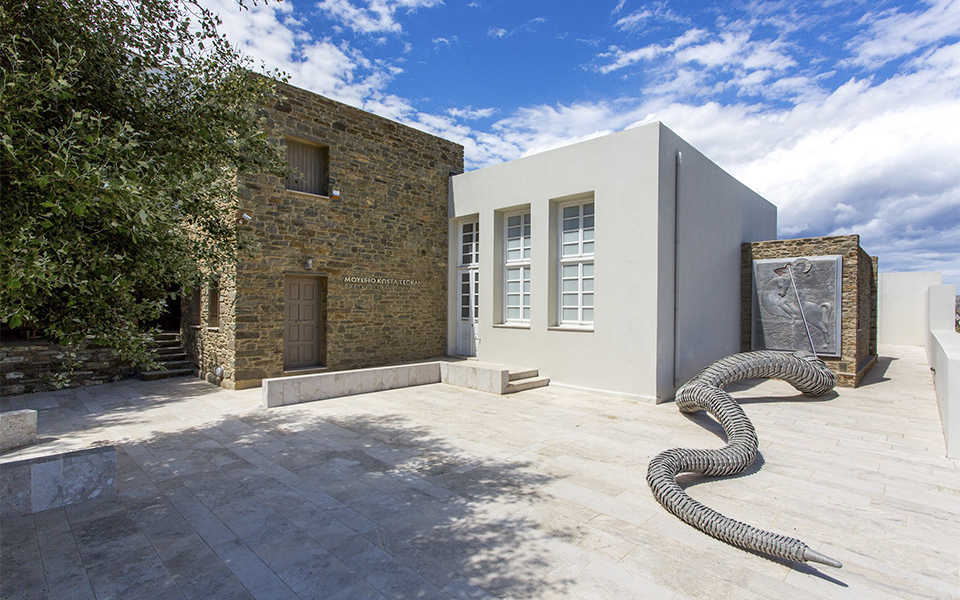By Emilios Harbis
The Costas Tsoclis Museum in Kambos on the Aegean island of Tinos is captivating from the get-go thanks to an imposing sculpture of Saint George slaying the dragon in the courtyard, a work of art that connects the classical and the modern, a hybrid style that exemplifies the artist’s work.
Costas Tsoclis, now 87, has made Tinos his second home and has endowed the island with his artistic legacy in the museum, officially launched in early June with Greek President Prokopis Pavlopoulos in attendance.
The museum has has already been around for a decade or so, located in the building that was once home to Kambos’s old primary school. Every summer, the school’s old classrooms host various art exhibitions, while concurrent educational programs are also offered.
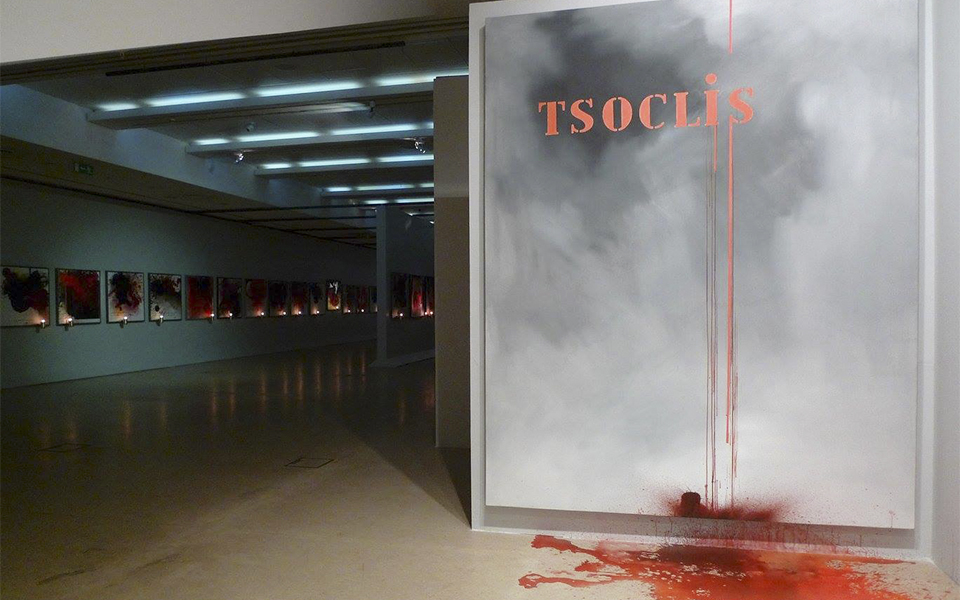
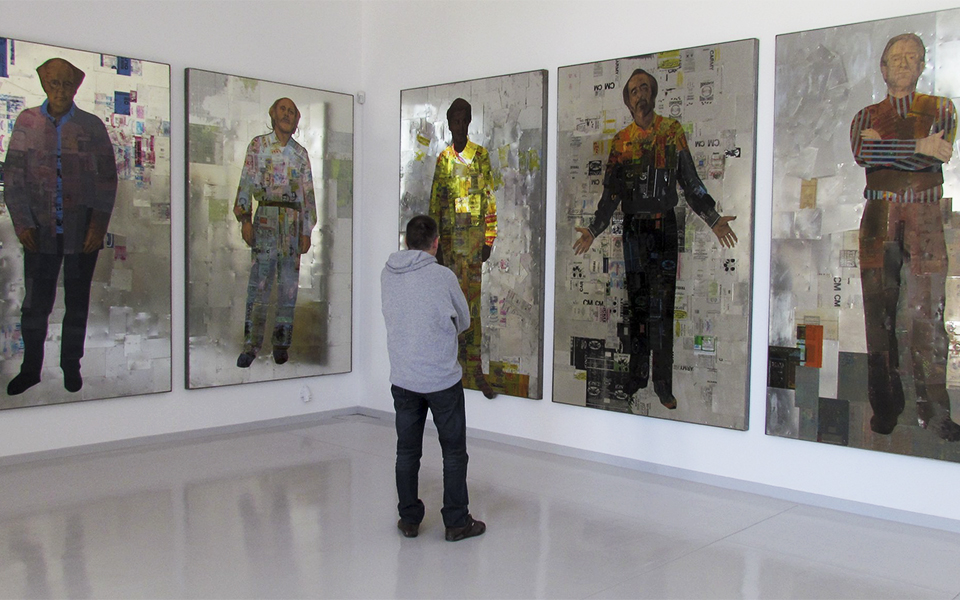
This year’s exhibition, “The Sea as I Remember It,” is particularly important as it features “Seascape” and “Rainbow,” two works with which Tsoclis represented Greece at the 1986 Venice Biennale. The paintings dominate the museum’s spacious first hall, acquainting visitors with the realistic, tactile quality of the artist’s work.
A “biographical” corridor follows, offering museum visitors information on the artist’s life and work. It leads to the final and most fascinating part of the building. Large skylights allow in natural light, which is filtered through blue fabric to create an illusory underwater effect. As a result, the art work hanging on the walls gives the impression of precious artifacts waiting to be retrieved from the bottom of the sea. At the same time, a mirror with a boat transforms this supposed “seabed” into a “sea surface,” which appears to be endlessly crossed by some traveler.
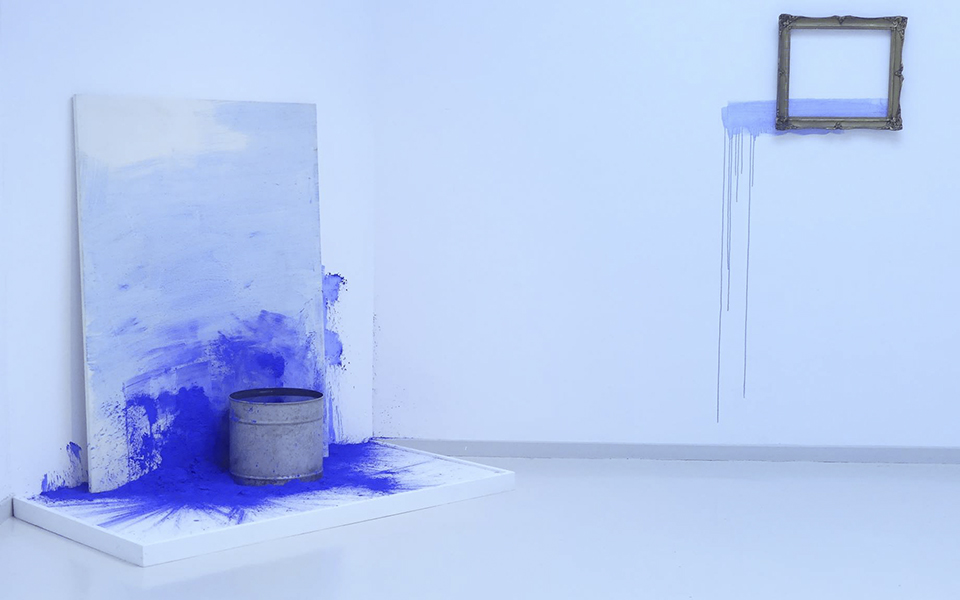
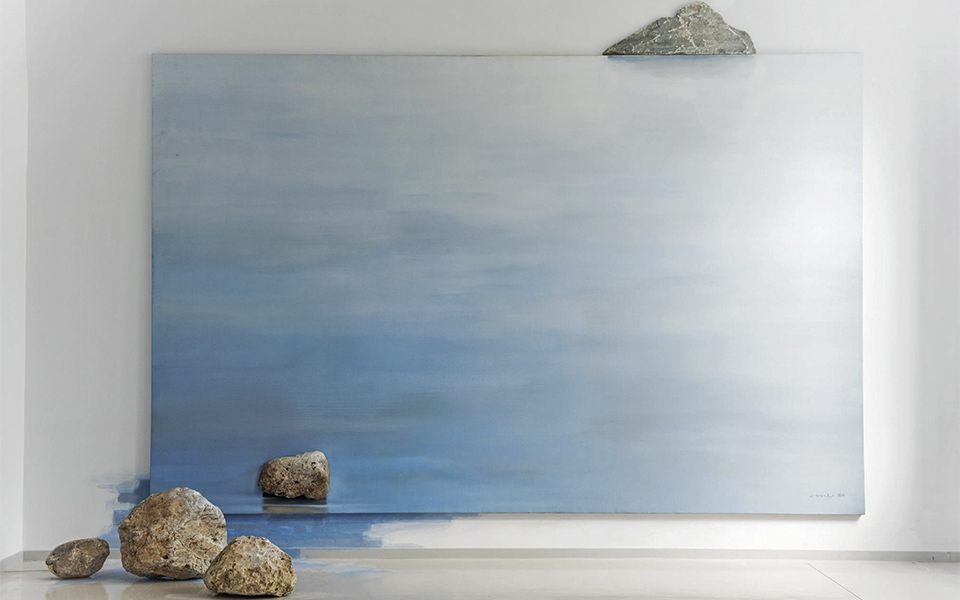
“This year is significant for our museum, for a variety of reasons. Besides the exhibition, the museum’s establishment as a municipal institution will allow us to apply for EU subsidies, in order to improve and expand the building,” said Chrysanthi Koutsouraki, the museum’s director.
“With this in mind, the artist has already bought an adjacent plot of land intended to host the museum’s new wing,” she added. Most recently, Koutsouraki started working on a Tsoclis catalogue raisonne, compiling a comprehensive and annotated list of the artist’s body of work as precisely as possible.

